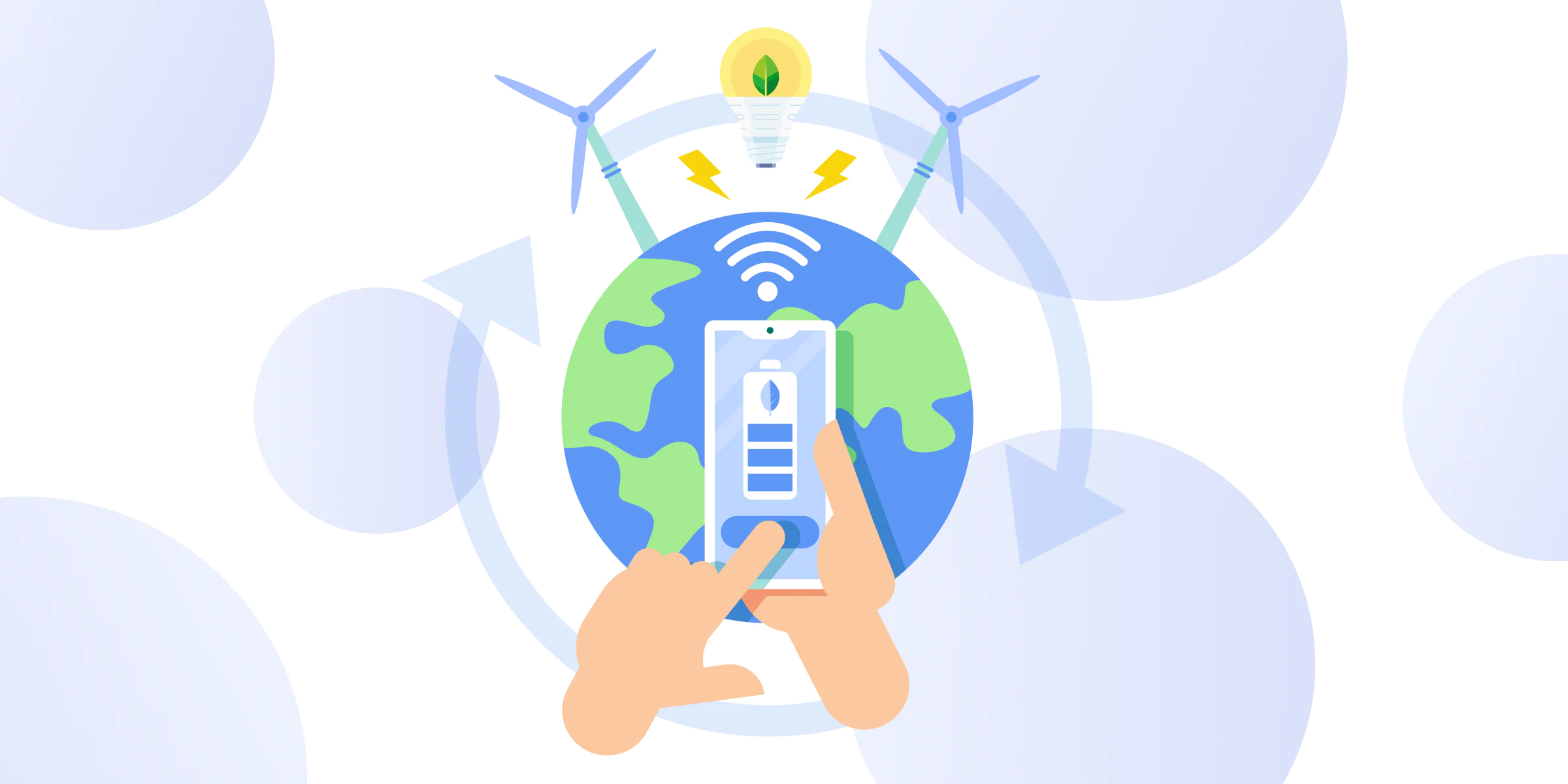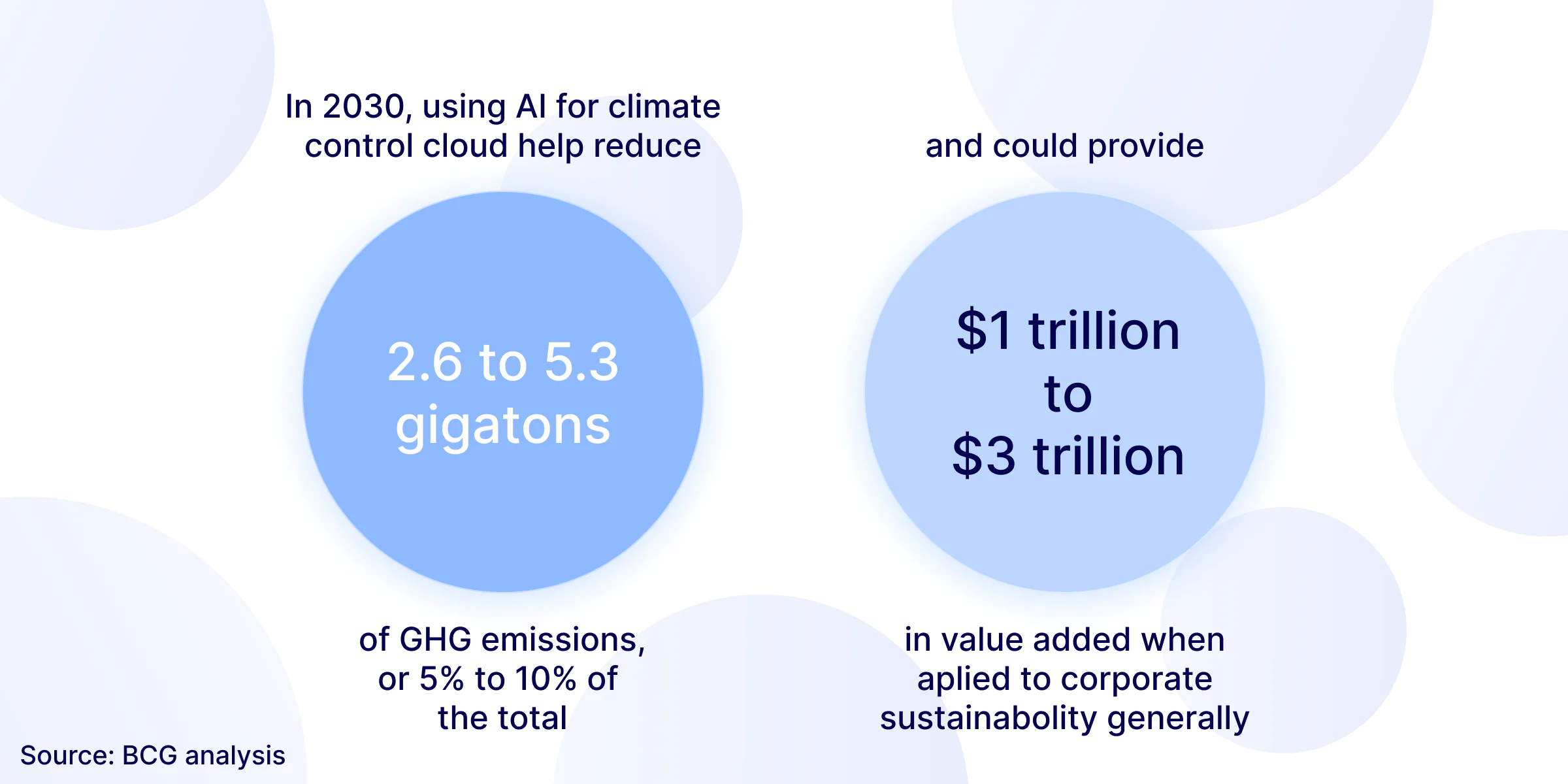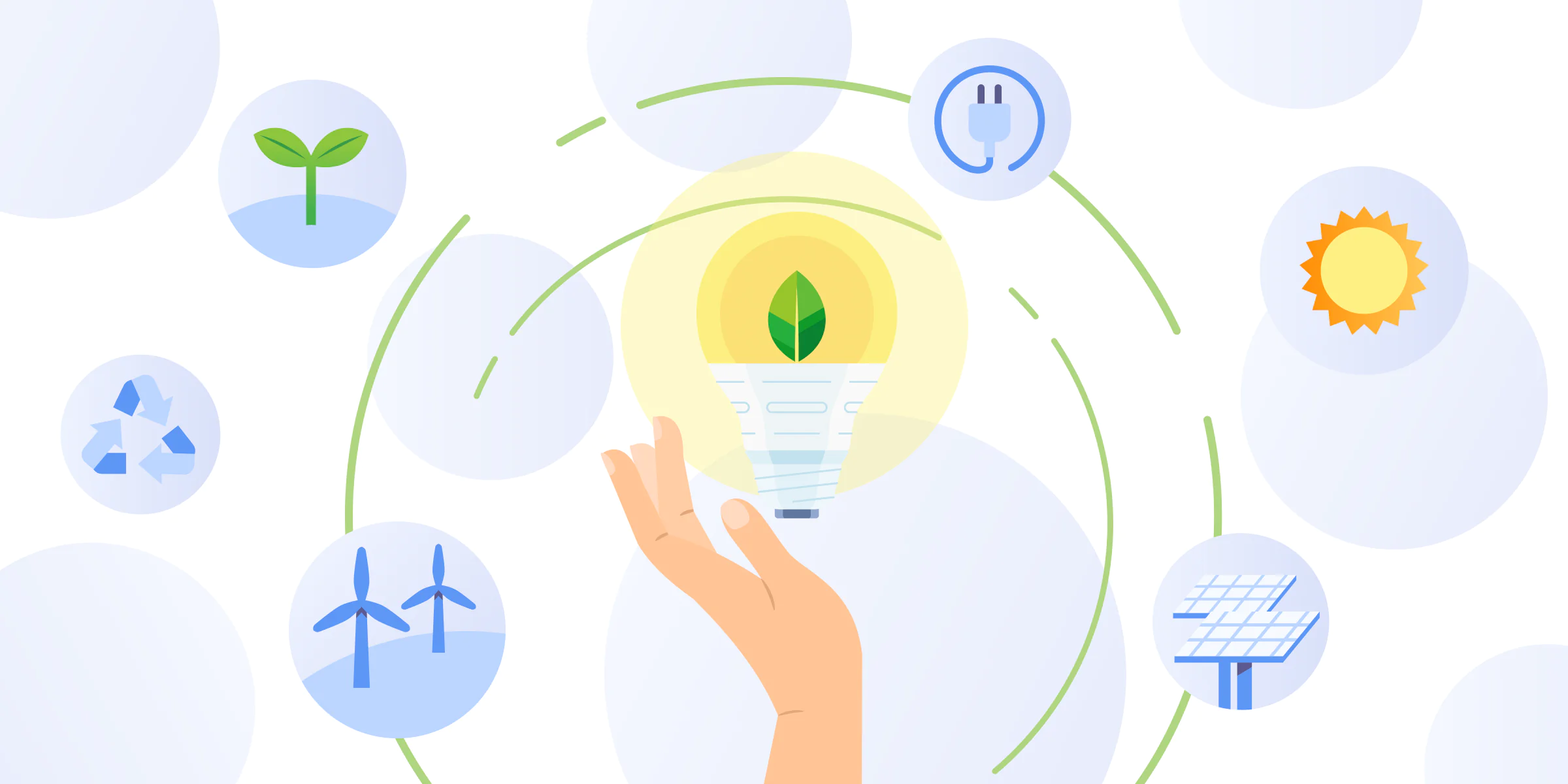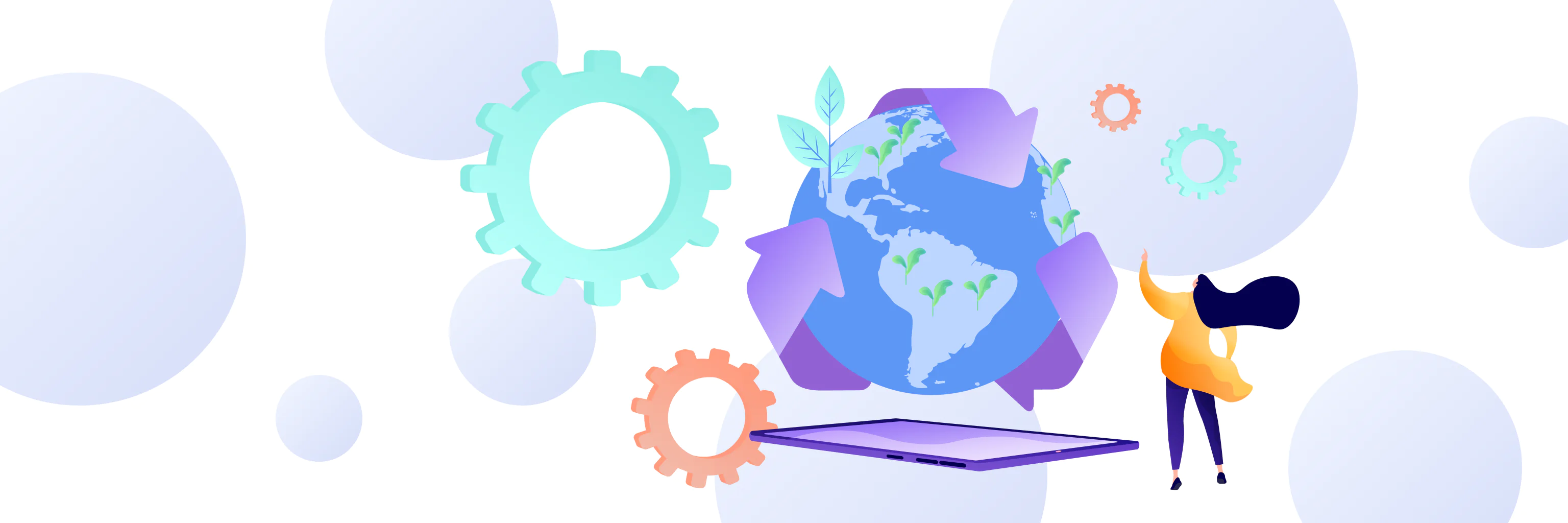Table of contents
Everyone today should understand that our planet isn’t doing too well health-wise. Reports of natural disasters or some other nasty side-effects of environmental changes come almost daily. With the rise of artificial intelligence, we are wondering how using AI for sustainability could help improve this situation. It turns out that AI tech can become a true life-saver for our planet, but only if it’s used wisely.
Artificial intelligence software development technology is developing rapidly. Some of its trends are already focused on using AI for sustainability, but that’s hardly enough. To truly benefit from this tech, people have to invest in the solutions that can make the most difference. However, governments also need to contribute. It’s not only a matter of money but also regulation. It’s because abusing AI tech could lead to tragedies, especially in countries that aren’t liberal democracies.
Keep reading to learn what AI can do to help heal our planet and why we must keep it under control.

Using AI for Sustainability and the UN SDG Program
A giant blob of seaweed moving to the shores of Florida right now is only one of the many natural disasters in action. All of them are red flags waving at the planet’s populace, stating that we need to do something to improve the health of the planet. One of the main initiatives currently working on those objectives is the SDG Program.
SDG stands for Sustainable Development Goals defined by the UN. Those are the goals humanity is working towards to ensure the long-term survival and well-being of our world as a whole. They go far beyond managing climate change, including dramatically important matters like conquering world hunger, inequality, and increasing education quality.
Using AI for sustainability can help achieve over a hundred of those top goals faster and more efficiently. Applying this technology is currently most beneficial in matters concerning climate change and the overall health of our environment.
In turn, this can benefit businesses and economies because we live in a highly interconnected world. For example, according to PwC research commissioned by Microsoft, using AI for various environmental purposes can contribute about $5.2 trillion to the global economy by 2030. That’s not even counting the long-term benefits the entire planet’s population will experience from having a healthier environment.
Using AI for sustainability worldwide could help reduce greenhouse gas emissions by 4% in 2030, which equals the annual emissions of Australia, Japan, and Canada combined!
Companies Using AI for Sustainability
Many top companies already use AI for energy management and other practices to reduce their carbon footprint. Top examples of this include:
- IBM
IBM is applying AI in many of its processes to boost overall business productivity. Regarding increasing sustainability, one of the most valuable contributions comes from using AI for weather forecasting. Artificial intelligence allows for raising the accuracy of predictions by about 30%. As a result, IBM can help renewable energy companies increase their efficiency, especially in resource management and energy production. - Google
It’s no secret that Google takes sustainability projects very seriously. Running power-hungry data centers, the company must do its best to boost energy efficiency. AI helps Google reduce cooling costs by 40%, and that’s only one of its applications. - Carbon Tracker
Carbon Tracker is a think-tank focused on finding ways to improve the climate situation on the planet. One of its projects is using AI for tracking emissions. They can track CO2 based on satellite imagery and use this data to identify coal plants with the lowest footprint. Then, they use the data to help attract investment to these specific plants. - Xcel Energy
It might be surprising to hear that a company that burns coal and has a high emissions level uses AI for sustainability. However, even businesses that are considered non-eco-friendly work on minimizing their impact. Xcel Energy is using AI to increase its efficiency by about 20%.
However, you don’t have to be a huge enterprise that racks up millions in revenue to start using AI for sustainability. You can use this technology to improve your business practices and processes in many ways. Consider the following ways to implement AI:
- Precision agriculture
- Energy management within office buildings
- Analytics for better resource planning
- Minimizing energy and water waste
- Environmental monitoring
- Sustainable supply chains

Why Using AI Might Hamper Sustainability and Cause Global Problems
Using AI for sustainability can help accomplish great things. Some of the most prominent among them are:
- Clean power
- Sustainable production and consumption
- Clean transport
- Smart homes and cities
- Early warning about possible disasters
- Resilient infrastructure
- Pollution prevention
- Clean oceans
- Disease control
- Clean water supply
- Resource management
- Sustainable resource use
These and many other things can be possible if people work together and wisely manage their resources. AI can be a great help by taking out biases and calculating the best strategies for increasing sustainability and equality.
That said, this power can be used for evil as easily as it can be used for good. Therefore, it’s imperative to develop specialized regulatory bodies and strategies to monitor the applications of AI.
One of the most concerning matters is the use of this technology by authoritarian and totalitarian political regimes. Some non-democratic governments are already using AI for tracking purposes. There is a huge risk that they will abuse this technology further in order to maintain power and control of their territories and promote their corruption schemes.
A lack of transparency and competent regulation when it comes to using AI for sustainability or any other purpose can result in tragedies. It will definitely lead to multiple safety risks, including some with possible global consequences. It will also make it impossible to maintain clear ethical standards.
Therefore, any large-scale use of AI should be preceded by the development of proper regulation. Currently, technology is growing and spreading much faster than appropriate political and regulatory protocols. This should be concerning for all of us.

Bottom Line: The Future of AI and Its Impact on the World
Even the most basic AI chatbot can do incredible things today. Therefore, the future of AI technology is certainly bright. It will continue developing and growing fast because it’s the top investment opportunity right now.
However, that growth can lead to unimaginable consequences without proper regulation. So, the question isn’t how we can use AI for sustainability but how to ensure that sustainability is all it’s used for.





